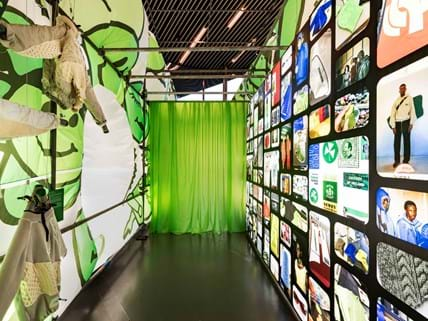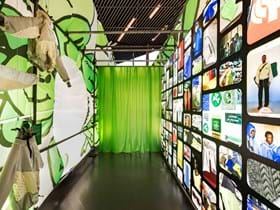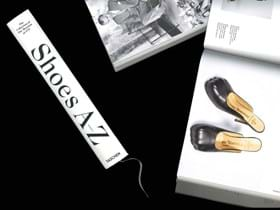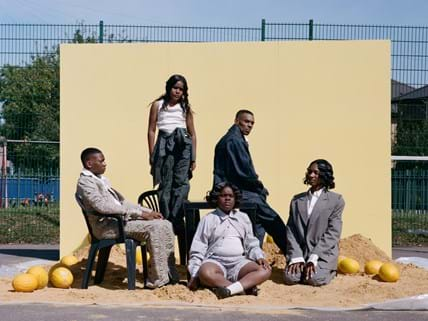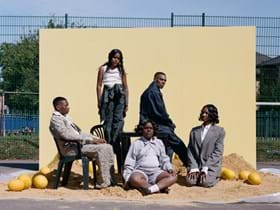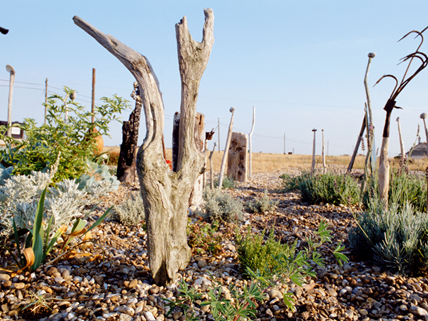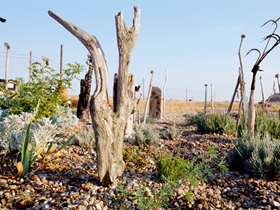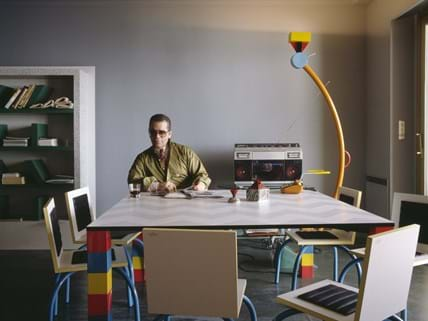There is a powerful tangibility preserved in that which is handmade, and this human touch is especially moving at the timely Material Power exhibition curated by Rachel Edelman currently showing at the Whitworth Gallery in Manchester.
Embroidery, or tatreez in Arabic, is an age-old practice adopted by the Palestinian people who weave stories of hardships, cultural heritage, and tradition into each object that they touch. Showcasing over 40 meticulously crafted pieces, Material Power: Palestinian Embroidery borrows from collections in Jordan, Jerusalem, and the West Bank of Palestine, alongside some rare works by contemporary artists. 
Playing host to a series of prints, garments, tapestries, and videos, each piece in the exhibition comes with intrinsic value in preserving the tradition and culture of the Palestinian people in an increasingly globalised world. Visitors of this exhibition learn of the different techniques, motifs and textiles employed by the regions in Palestine, celebrating the rich tapestry of its history and broadening understanding of the country's craft culture.
Throughout the history of Palestinian embroidery, it has been used as not only a way to craft beautiful objects but as a social and intergenerational activity. Palestinian women will often gather in groups to embroider, sharing this practice in mutual spaces of tradition. The pieces on display provide an insight into the intimate familial and communal relationships that might otherwise remain uncovered. 
Some of the most notable pieces from this exhibition are the traditional dresses. The main section of the dress, called the throb, is joined to the sleeves, chest, and cuffs, and often embellished with intricate embroidery. This embroidery plays a powerful role in defining Palestinian social structures, as the selection of colours and designs in each dress reveals the regional, marital, and economic status of its wearer. 
The inclusion of both classic and contemporary pieces in this exhibition emphasises the persistent importance of the craft. Palestinian embroidery has adapted to reflect shifts in the social, economic, and political structures of the country, signifying a great deal of nuance within a practice which in the West, is rarely considered to be more than a hobby. Regardless of the subsequent commodification or politicisation of this craft, each embroidered piece in the collection is a resounding embodiment of all that is Palestinian. 
Kuwaiti-Puerto Rican artist Alia Farid is currently staging an exhibition at the Chisenhale Gallery with a similar sentiment titled Elsewhere. Elsewhere aims to platform the cross-pollination of Palestinian and Puerto-Rican culture that has occurred due to mass migration. The result is a series of woven and embroidered rugs that embody the bond that has formed between these two communities who share similar experiences of hardship and neglect from the Global North.
As we witness today's horrifying period of history, where we are witnessing the future of the Palestine people under threat, it is essential for us to honour and gain an understanding of Palestine's past and present. The pieces on display at Material History and Elsewhere provide a critical insight into Palestine’s long cultural heritage , giving audiences the opportunity to see something positive for themselves in an otherwise devastating, modern period for the Palestinians and their history.
By Emma McDonough
Find out more at whitworth.ac.uk...
Handmade History


